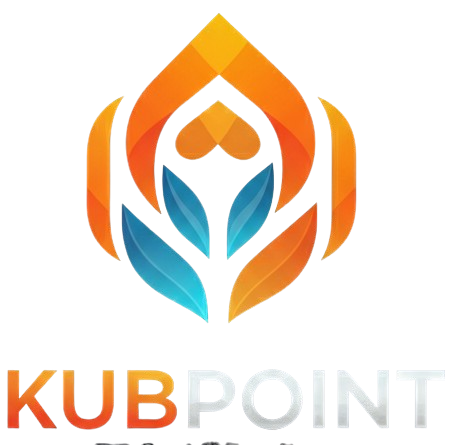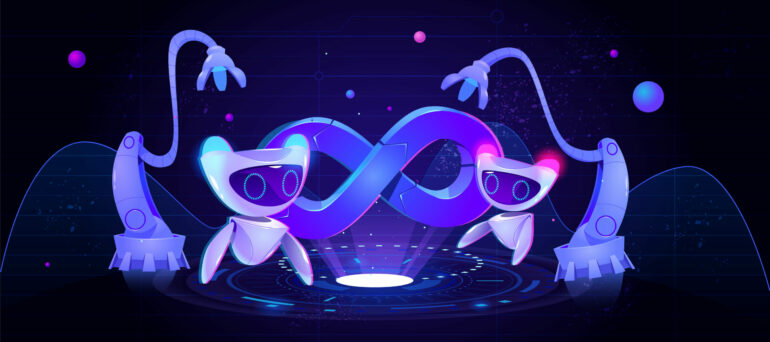As the software delivery cycle becomes more complex, engineering teams face increased pressure to achieve more with fewer resources. DevOps tooling is undergoing a silent revolution to meet these quick wins. The old way of building complex and heavyweight pipelines and workflows is constantly changing, giving room for a more streamlined and seamless automation-first approach. This is where simplicity, modularity, and cost matter as much as functionality.
According to GitLab’s 2024 Global DevSecOps Survey, 64% of DevOps professionals say they need to consolidate their toolchains due to integration challenges, monitoring issues, and deployment delays. This toolchain is pushing engineering teams to adopt easy, integrated workflows that reduce friction and improve velocity.
At the heart of this, automation shouldn’t require massive overhead. Today, teams are adopting tools that give instant value, which include enabling faster iterations, reduced maintenance overhead, and scaling team capabilities. In this article, we’ll explore the key trends redefining DevOps automation from modular pipelines and developer-first tools to toolchain consolidation and the growing influence of AI, showing how teams are achieving more with less complexity.
The Rise of Efficiency-Driven Automation
In the past, DevOps automation often meant cobbling together CLI scripts, sprawling YAML files, and fragile CI/CD pipelines. While this DIY approach offered flexibility, it came at a cost, making onboarding difficult, building brittle, and tool upgrades a constant source of firefighting.
Today, automation is moving from complexity to clarity. Teams now search and adopt solutions that reduce friction from the start by providing logical defaults, user-friendly interfaces, and plug-and-play components that scale, rather than wiring tools together. This focus has moved from automating everything to automating the right things efficiently and effectively.
Here are four main trends that are driving this efficiency-driven automation mindset
1. Composable Pipelines Over Monolithic Workflows
Modern DevOps teams are currently moving away from the traditional way of implementing a monolithic CI/CD setup. Instead, they’re adopting more composable pipelines built with tools such as GitHub Actions, Dagger, and Temporal. With these tools, teams break down automation into simple and purpose-specific units, such as jobs for running tests in the staging environment, another for pushing to development, and one for sending out notifications.
For example, instead of managing a complex Jenkinsfile with over 500 lines, teams can create smaller steps that are easier to troubleshoot, reuse across repositories, and scale independently. This shift enhances maintainability and allows engineers to focus on shipping code instead of managing complex YAML.
2. Developer Experience Takes Center Stage
Modern automation tools are shifting towards enhancing developers’ experience, making the automation of engineering tasks simple, intuitive, user-friendly, and less error-prone.
In a non-complex environment, instead of logging into several servers individually or battling with Kubernetes for minor maintenance tasks, engineers can use CloudRay to centrally manage and execute Bash scripts across servers using predefined templates and schedules through a clean UI. For example, a team managing several VMs can automate daily security patches or log rotations across several servers without the need to SSH into each server.
Additionally, platforms like Railway and Qovery offer similar attributes that reduce repetitive configurations while still maintaining their flexibility and control. As a result, engineers spend less time troubleshooting CLI scripts and navigating YAML files. Rather, they focus on solving meaningful problems.
4. Event‑Driven and Pull‑Based Models
Engineers are shifting automation towards an event-driven and pull-based model. Tools like ArgoCD and Flux are getting adopted because they apply the GitOps principle to manage infrastructure. Engineers no longer rely on manual triggers or constant pulling. Instead, they’re adopting tools that react to Git event, which treats GitHub repositories as the single source of truth.
For example, using these tools, merging a PR can automatically trigger a deployment with the exact change history preserved in Git. Additionally, it can simplify rollback and collaboration by linking infrastructure updates to version control, thereby reducing drift and production errors.
5. Cost-Conscious and On-Demand Automation
Cost optimization is one of the key selling points in automation in modern times. With the rise in serverless and edge platforms, automation has become more cost-efficient. Tools such as AWS Lambda, Vercel Functions, and Cloudflare Workers enable the engineering team to trigger tasks only when necessary. This eliminates the need to keep CI/CD runners on all the time, thereby reducing costs while maintaining performance. This is mostly used for lightweight workflows, scheduled jobs, or bursty tasks where automation can scale down to zero when not in use, and spin up instantly when triggered.
The evolution of DevOps tooling is transforming how teams approach automation. Automation is not seen as a complex practice to maintain, but a lightweight system that works.
Consolidation of DevOps Tooling
As engineering teams become more aware of the overhead associated with tool expansion and integration, many of them are reconsidering their DevOps stacks. The trend is not about choosing a “do it all” tool, but about consolidating what matters and reducing cognitive load.
Platforms like GitHub Actions and GitLab CI are becoming the go-to for workflows orchestration, handling everything from integration to deployment. However, this alone doesn’t eliminate the need for niche tools. This “best-of-breed meets platform” strategy allows teams to simplify existing toolchains despite fulfilling unique operational requirements. By reducing unnecessary overlap, teams can reduce the number of dashboards to track, secrets to manage, and workflows to troubleshoot.
For example, some organizations can replace several tools with a combination of Terraform for infrastructure provisioning, GitHub Actions for CI/CD, or CloudRay for server maintenance automation tasks across VMs. This approach results in a smaller, more focused stack that’s easier to operate, onboard new team members, and maintain over time. Conclusively, tool adoption for automations is not about reducing the count; it’s about what is working and suitable for the current organizational needs.
AI and the Next Frontier
AI is re-shaping how teams approach DevOps. AI is not replacing engineers, but rather improving how they work. With the adoption of AI into various automation tools, we’re seeing early wins in areas of anomaly detection, test automation, and observability. Tools are now giving insights, generating test cases that previously took hours of manual effort to achieve.
Platforms are beginning to embed AI into their workflows. For example, GitHub Copilot can suggest YAML configurations for CI pipelines. Datadog and Dynatrace use machine learning to detect anomalous patterns before they become an incident. Even in infrastructure, AI is helping teams in predicting consumption, optimizing the use of resources, and reducing false alerts.
Aside from the traditional workflows, low-code and no-code automation is also gaining traction. Engineers are using drag-and-drop tools or simpler configuration files to trigger multi-step deployments, onboard services, or manage cloud resources. This allows non-DevOps teams to engage in automation without needing to write any code or use CLI tools.
Looking at the future, the trajectory is autonomous operations. We’re moving toward systems that not only watch but also act, self-healing infrastructure, pipelines that tune themselves, and bots that offer the next best step based on deployment history or mistake trends. While we’re not there yet, each step, whether through AI ideas or rule-based automation, pushes DevOps closer to that goal.
Wrapping Up
DevOps automation is heading into a fresh phase, focusing on keeping things simple, modular, and genuinely helpful for developers. Instead of struggling with overly complex pipelines or inflexible toolsets, teams are now creating leaner workflows that fit their specific requirements. With AI and event-driven approaches becoming more advanced, automation is getting not only quicker but also smarter. The future isn’t about doing more tasks. It’s about doing fewer things, but doing them much better.

